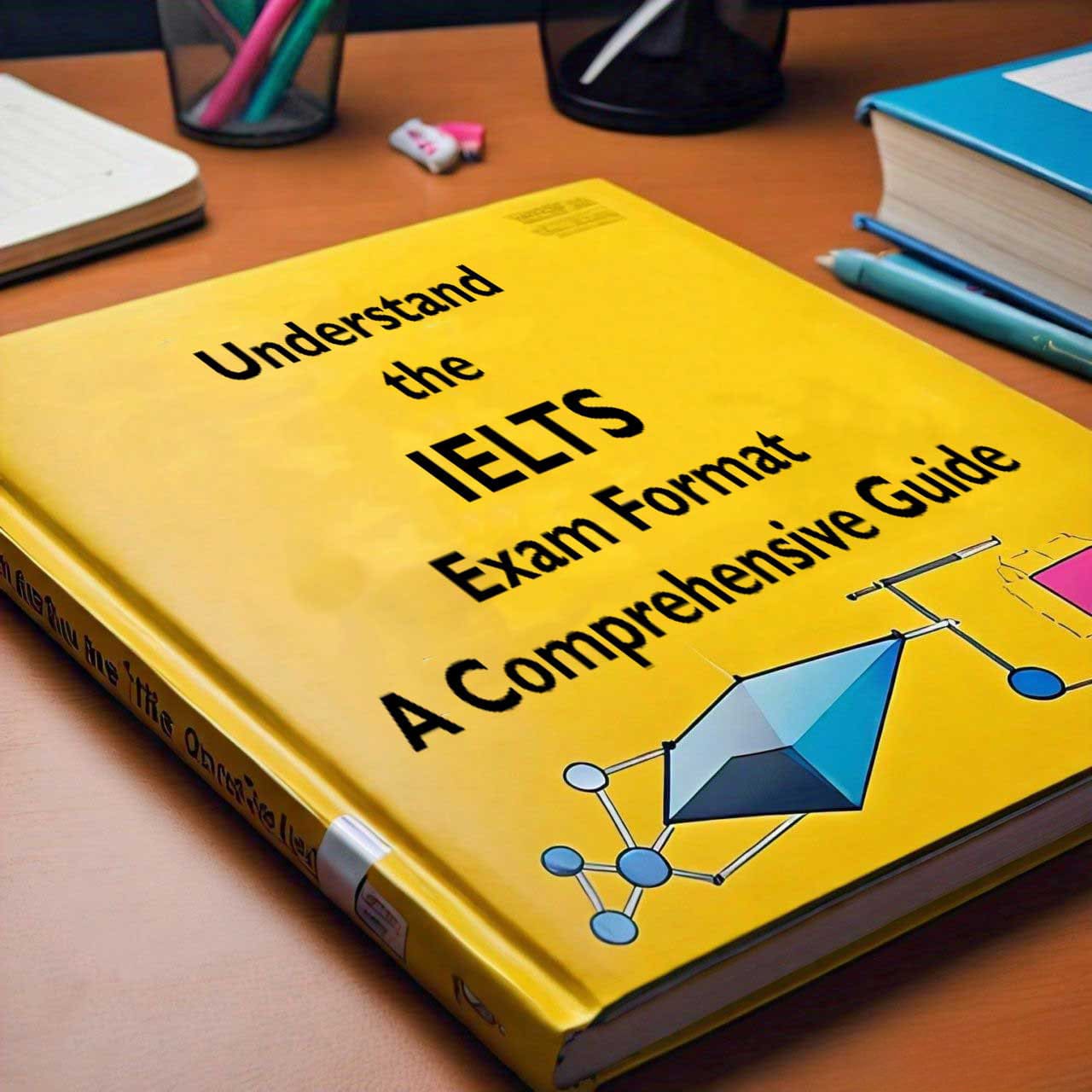If you’re planning to study, work, or live in an English-speaking country, you’ve probably heard of the International English Language Testing System (IELTS). Administered by the British Council, IDP: IELTS Australia, and Cambridge Assessment English, the IELTS exam is a globally recognized measure of English language proficiency. Whether you’re aiming to pursue higher education abroad, immigrate to an English-speaking country, or advance your career prospects, understanding the IELTS exam format is crucial for success. In this comprehensive guide, we’ll break down everything you need to know about the structure, sections, and scoring of the IELTS exam.
Table of Contents
Overview of the IELTS Exam:
The IELTS exam is designed to assess your proficiency in four key language skills: Listening, Reading, Writing, and Speaking. The test is available in two formats: IELTS Academic and IELTS General Training. The Academic version is intended for those seeking admission to higher education institutions or professional registration in an English-speaking environment, while the General Training version is suitable for candidates migrating to English-speaking countries for work or training programs.
IELTS Exam Format:
1. Listening (30 minutes):
The Listening section consists of four recorded monologues and conversations. Candidates listen to these recordings and answer a series of questions. The recordings cover various topics and are played only once. Questions range from multiple choice to completing sentences or diagrams based on the information heard.
2. Reading (60 minutes):
The Reading section assesses your ability to understand written English. It consists of three passages, each with increasing difficulty. The texts are authentic and sourced from books, journals, magazines, and newspapers. Question types include multiple choice, matching headings, identifying information, and True/False/Not Given statements.
3. Writing (60 minutes):
In the Writing section, candidates are required to complete two tasks. In Task 1 (150 words), Academic test-takers describe visual information such as graphs, charts, or diagrams, while General Training test-takers write a letter based on a given situation. In Task 2 (250 words), candidates respond to an essay prompt, expressing their opinion or discussing a given topic.
4. Speaking (11-14 minutes):
The Speaking section assesses your spoken English proficiency through a face-to-face interview with a certified examiner. It is divided into three parts:
– Part 1: Introduction and interview about familiar topics (4-5 minutes).
– Part 2: Candidate gives a short talk on a topic provided on a task card (2 minutes).
– Part 3: Discussion based on the topic in Part 2, exploring more abstract issues (4-5 minutes).
Scoring:
Each section of the IELTS exam is scored individually on a scale of 0 to 9 bands. The overall band score is the average of the four individual scores. Most institutions and organizations require a minimum overall band score, and some may also have specific requirements for each section.
Preparation Tips:
– Familiarize yourself with the format of the exam by practicing with sample questions and past papers.
– Improve your English language skills by reading extensively, listening to English podcasts or radio, and engaging in regular speaking practice.
– Consider enrolling in an IELTS preparation course or hiring a tutor to provide personalized guidance and feedback.
– Take mock exams to simulate test conditions and assess your progress.
Conclusion:
The IELTS exam is a valuable tool for individuals looking to demonstrate their English language proficiency for academic, professional, or migration purposes. By understanding the exam format, preparing effectively, and practicing consistently, you can maximize your chances of achieving your desired band score. So, embark on your IELTS journey with confidence, knowing that thorough preparation will pave the way for success in this globally recognized English proficiency test.



